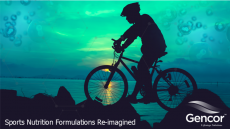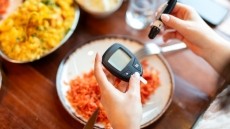Hawaiian superfruit specialist debuts coffee extract
The companies said an “extensive R&D phase” had enabled KonaRed’s antioxidant-rich, ripe red coffee fruit extract to be integrated into HCC’s LION Coffee beverages.
But the company was unavailable to provide further detail about the extraction process.
The company said one cup of LION coffee provides 25,000 ORAC (oxygen radical absorbance capacity) antioxidant units. Many daily recommendations come in at ranges closer to 3-5000 ORAC units per day although there are no official levels.
Hawai‘i Coffee Company president, Jim Wayman, said: “Not since the introduction of the frappé has there been such a significant innovation. I am excited about this opportunity. We are able to provide a great cup of gourmet coffee that provides an easy and affordable way for consumers to get more than their daily requirement of antioxidants.”
KonaRed said its coffee extracts have high antioxidant levels because of the growing conditions in Hawaii, with the plant developing a tough husk to shield it from the harsh and often extreme weather conditions in Hawaii.
The ingredient is marketed at food, beverage and cosmeceutical products.
A recent study supported by the Institute of Scientific Information on Coffee published in the American Journal of Clinical Nutrition showed that coffee may reduce inflammatory markers linked to diabetes.
“Coffee consumption appears to have favourable effects on some markers of subclinical inflammation and oxidative stress and to increase plasma concentrations of potential biomarkers of coffee intake,” the researchers stated.
“Because subclinical inflammation is a risk factor for type 2 diabetes, our results suggest one mechanism that could mediate the reduced risk of type 2 diabetes among individuals who habitually consume coffee for years.”
Another study published in Physiology & Behavior (doi: 10.1016/j.physbeh.2010.01.035) found coffee to be one of the richest sources of polyphenols in the Western diet, with one cup providing 350 milligrams of phenolics. Of these, the most abundant compounds coffee are chlorogenic acids, making up to 12 per cent of the green coffee bean. The most abundant of these compounds is caffeic acid.
The science, testing and regulation surrounding antioxidants will be discussed at the upcoming NutraIngredients Antioxidants 2010 Conference. For more information and to register, please click here .















